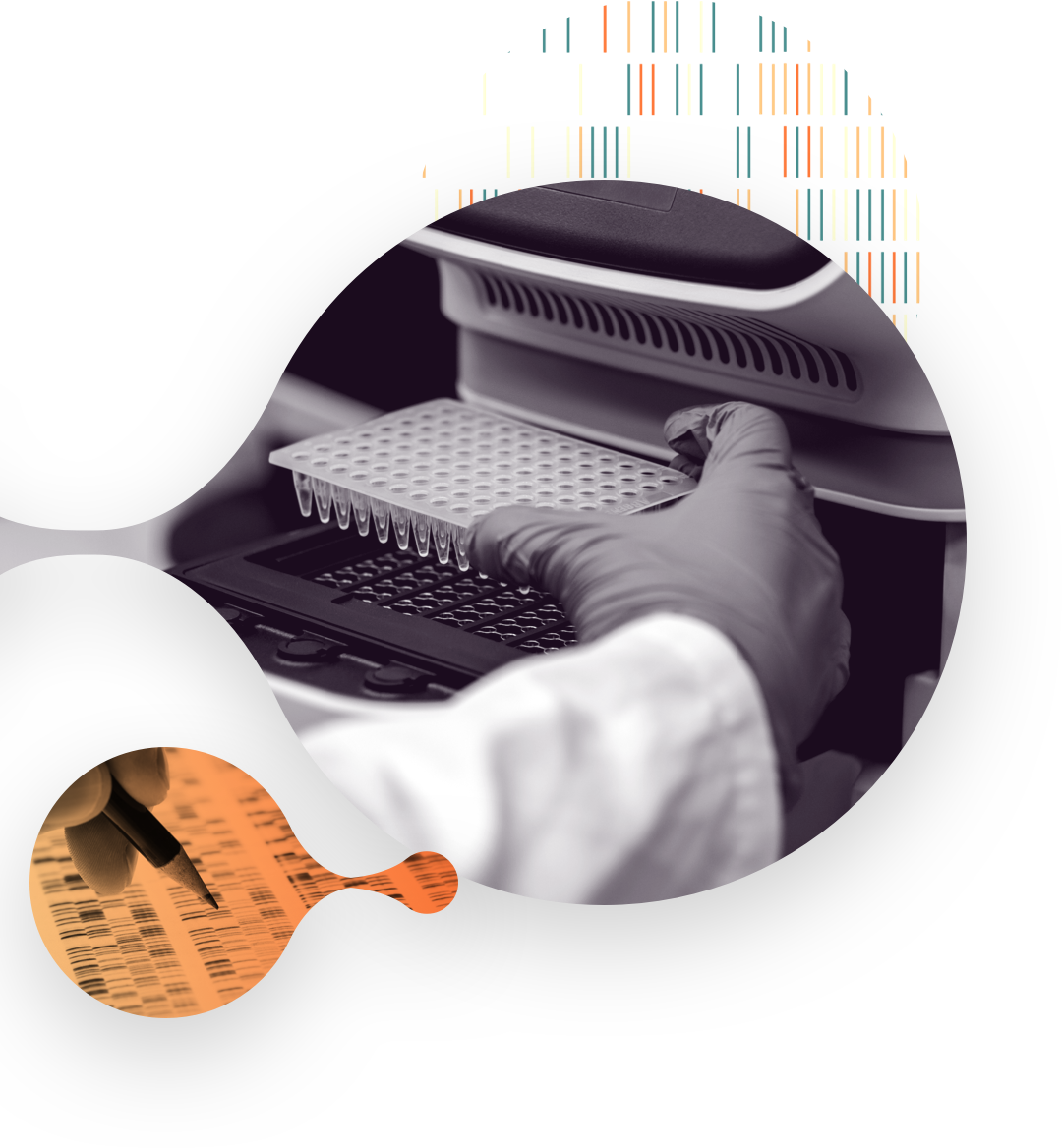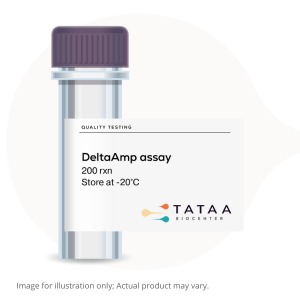TATAA DeltaAmp Quality Assay – Evaluate RNA Integrity for RT-qPCR Performance
DAB200S
Vendor: TATAA Biocenter AB

Not seeing what you're looking for?
TATAA carries thousands of products from our huge list of distributors.
Vendor: TATAA Biocenter AB
